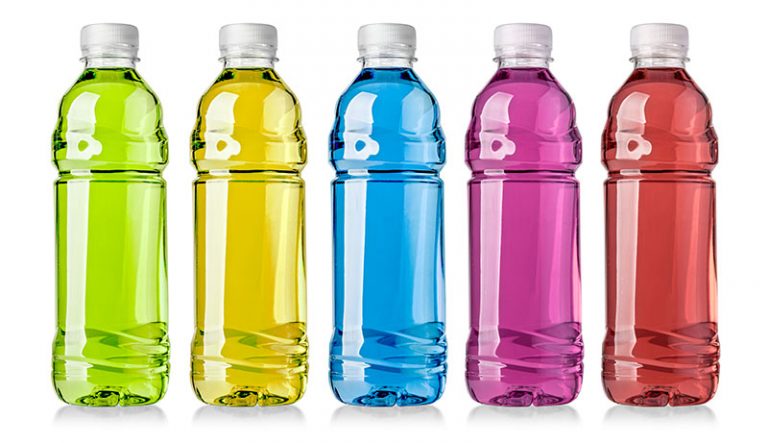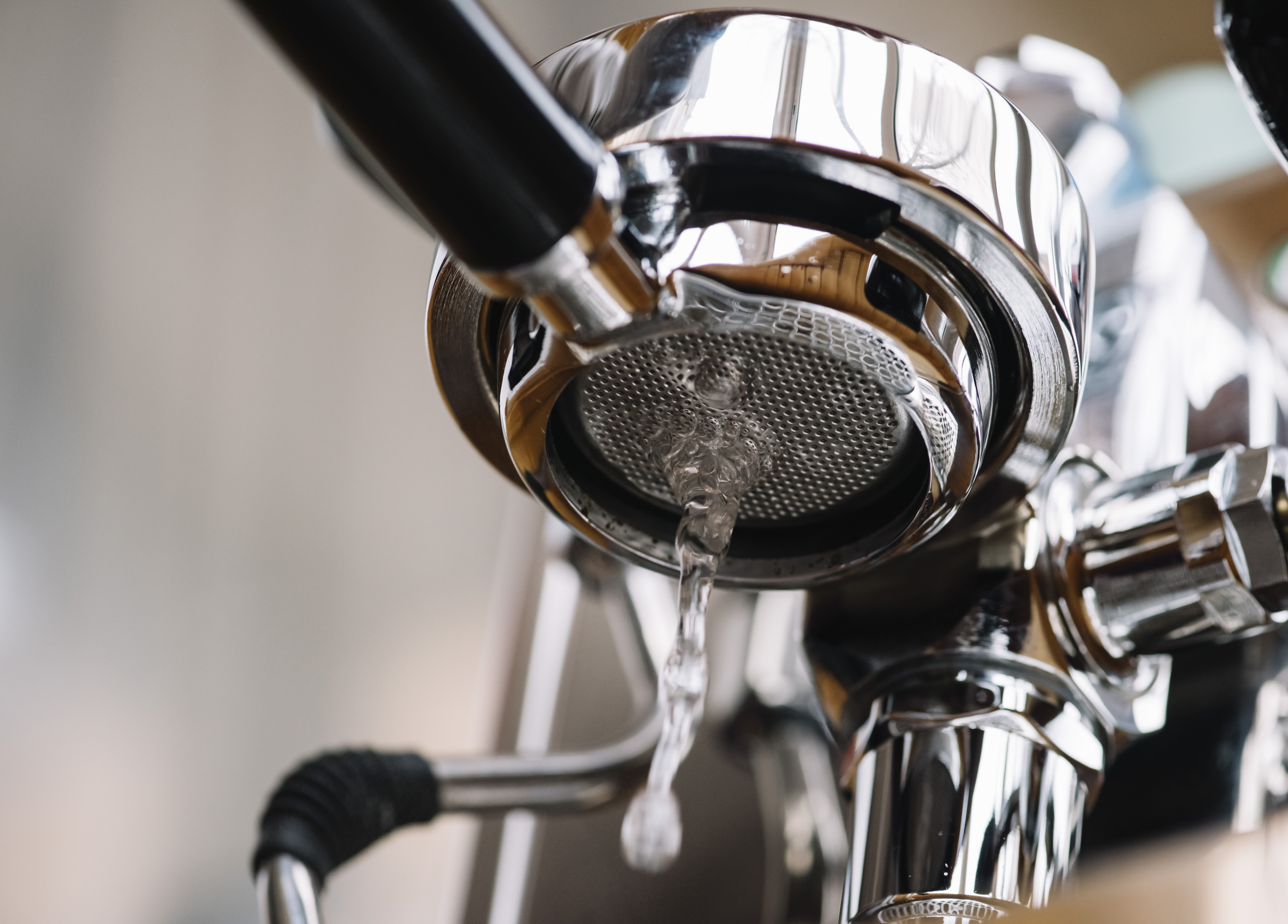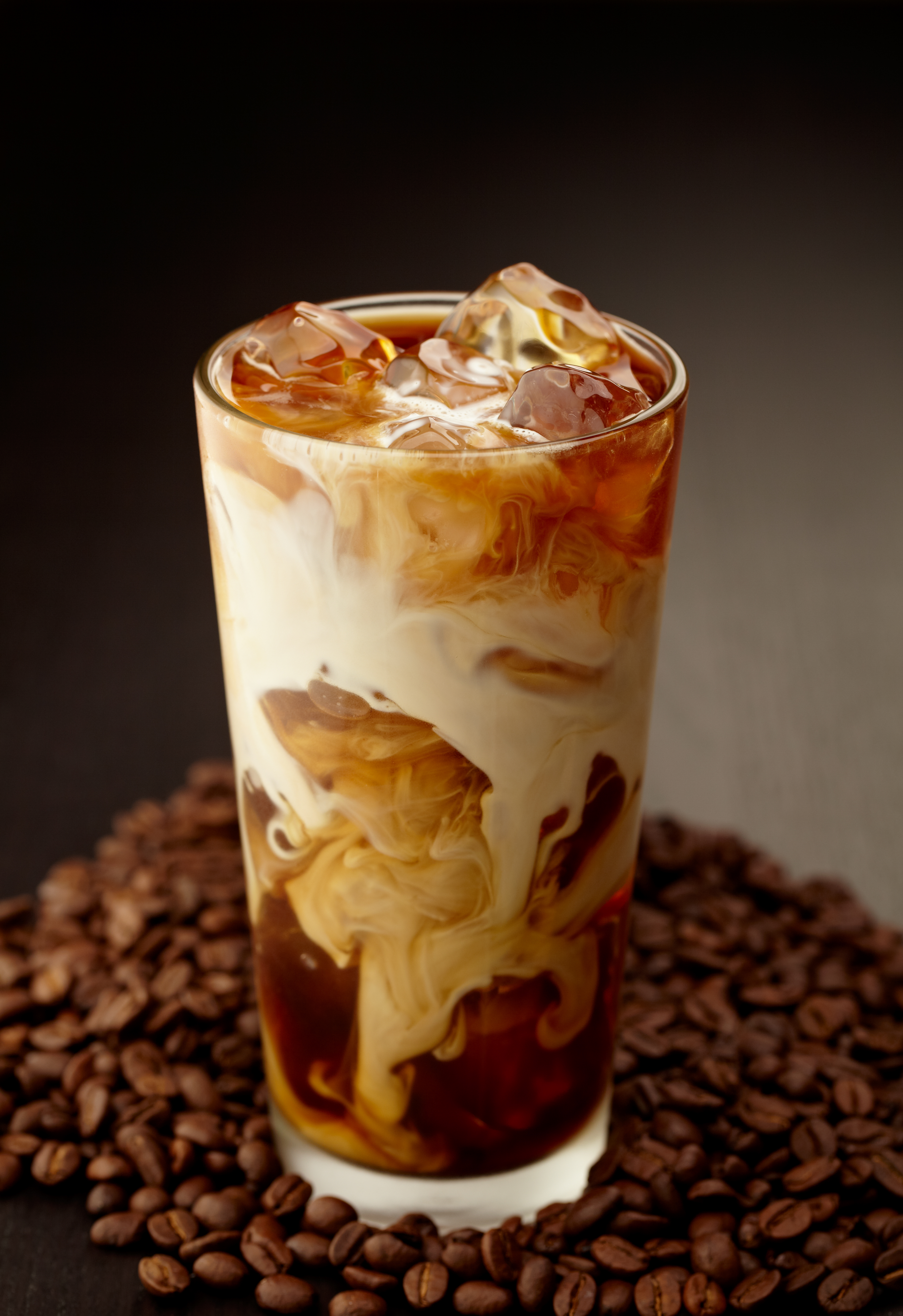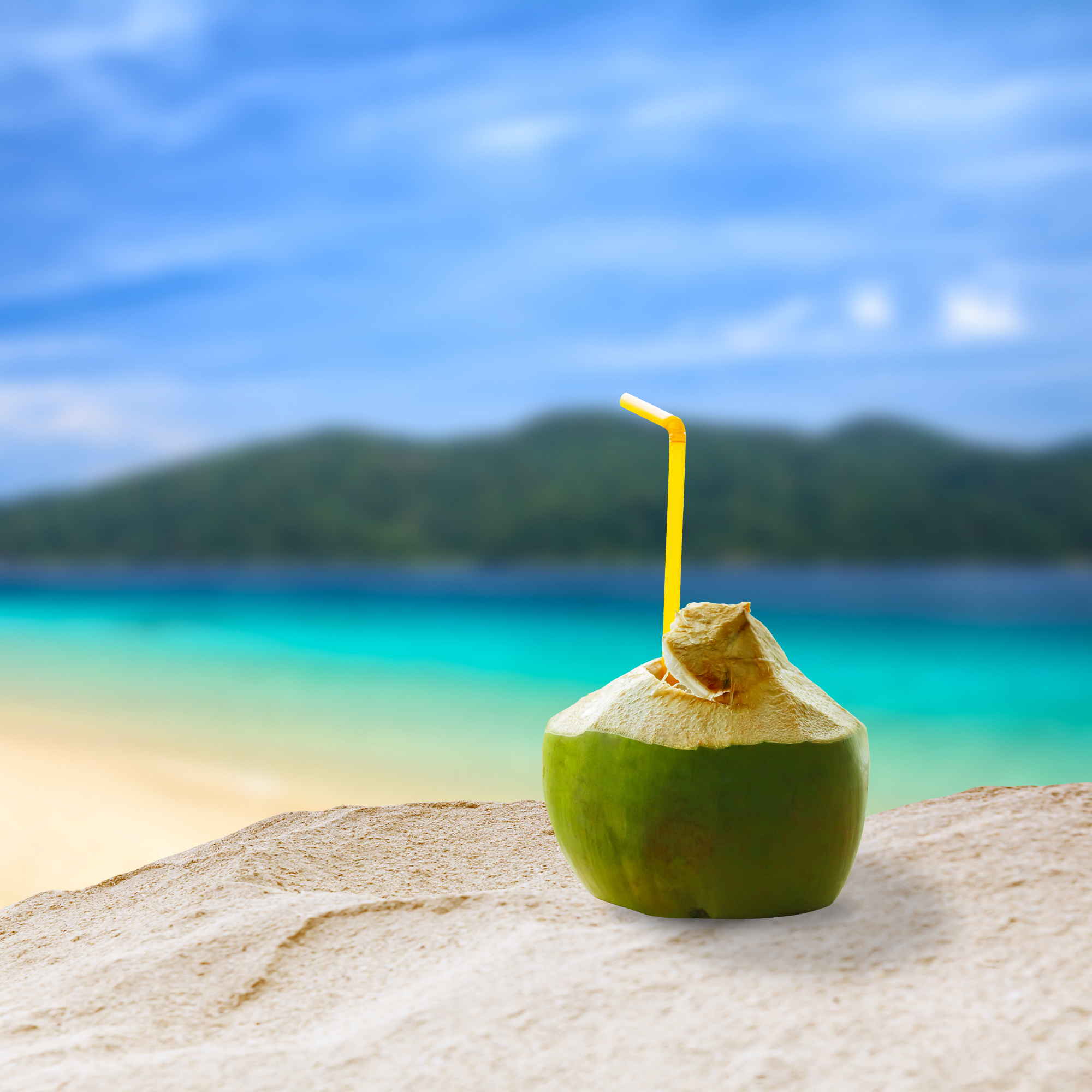
Marketing beverages is not what it used to be. To stand out in a crowded field (and be recognized for the best consumer packaging), makers of sports drinks, energy drinks and even enhanced waters have had to differentiate themselves to a high degree, touting the unique benefits of their formulas to target your specific needs. And in some cases to address hydration needs you did not even know you had.

This Sunday when we look forward to the Super Bowl and its avalanche of advertising targeted at fans, we thought it would be fun to look at the difference between energy drinks and recovery drinks and the companies doing some of the best beverage marketing and best consumer packaging. Here’s a quick peek at what’s out there and what you need to know.
Energy Drinks
If you lived through the ‘90’s, when Red Bull ruled the energy drink landscape, you likely have distinct memories of ingesting this once bright red drink and of Red Bull’s catchy slogan: “Red Bull gives you wings.” Pumped up with caffeine (one 8.4 oz. can contains 80 mg of caffeine), the amino acid taurine, plus B-vitamins and sugar (one 8.4 oz. can contains 27 g sugar, sourced from sugar beets), Red Bull’s original Energy Drink and other first generation energy drinks relied on caffeine as their main stimulant to improve cognitive function and give the user and ‘energy’ boost.
As we discussed in an earlier post, ingredients that improve cognitive function have taken off as nootropics, or ingredients that are considered cognitive enhancers, enter the functional ingredient landscape. Nootropics helped alter the landscape for energy drinks.
Drinks and other beverages now are positioned to help us focus, raise our brain performance, boost energy, increase resiliency, and many other claims. While caffeine is still an important ingredient, new technology has helped companies precisely manage the dose while reducing the jittery effects some users experience of this natural stimulant.
LifeAID’s FocusAID Focus Blend includes caffeine from green tea and yerba mate, a gentler form of caffeine. It is also boosted with nootropics, including acetyl-l-carnitine which may treat health problems such as nerve pain and may improve blood sugar levels.
Recovery Drinks
In days of yore, sports drinks ruled the electrolyte-replacing landscape. Brands like Gatorade, which was developed in 1965 at the University of Florida, promised better performance by replacing 100% of lost carbohydrates (also known as sugar) and electrolytes (also known as minerals, including potassium, magnesium, and sodium). It worked and a new drink category was born. And the category flourished with a few big competitors, big time.
Fast-forward to 2017 and countless companies are now offering everything from fitness waters and performance drinks to energy and mood improvement beverages. Boosted with supplements (or not) and sweetened with sugar (or not), it is up to the consumer to determine which formula is best for which targeted need or desired performance effect.
Sports drinks are usually consumed mid-activity, something a wide receiver could consume after a 50-yard run then immediately head back onto the field. Recovery drinks include electrolytes but are generally designed to be ingested post-physical activity. It is Sport Drink 2.0. Companies have refined the terminology somewhat to appeal not just to athletes but to anyone with an active lifestyle (i.e., you and me).
Both sports drinks and recovery drinks usually include electrolytes and minerals to accelerate muscle recovery. Some recovery drinks are further boosted with protein for muscle recovery and rebuilding and other ingredients that can support everything from cardiovascular health to joint health. Even the Gatorade brand has now grown and extended its offerings with specific products for use at different points in the exercise journey.
But HFactor’s Hydrogen Rich Water relies on little more than the hydrogen already present in water’s H2O. “It’s H2O plus H2,” says Nicole Pack, HFactor’s Chief Experience Officer. With no chemical processes, HFactor developed a new technology that infuses molecular hydrogen into water. Their innovative bottle, an aluminum package lined with BPA-free plastic, offers the equivalent of a hermetic seal, preventing the extra H2 from outgassing. It won a 2015 World Beverage Innovation Award for keeping optimal levels of H2 inside. Pack confirmed that hydrogen-rich water helps decrease inflammation, increase circulation and provide superhydration, but it must be consumed within 30 minutes of opening to achieve these benefits. After that, this water reverts back to H2O, a recovery beverage in its own right.
We do not know what is truly in the sideline bottles of the Atlanta Falcons and the New England Patriots for Super Bowl 2017. But we suspect that each team – or even each subgroup of players within a team – receives a custom formula for peak performance before, during and after the big game. But for those of us watching the Super Bowl, however, we suggest drinking whatever goes best with the food on the table.





